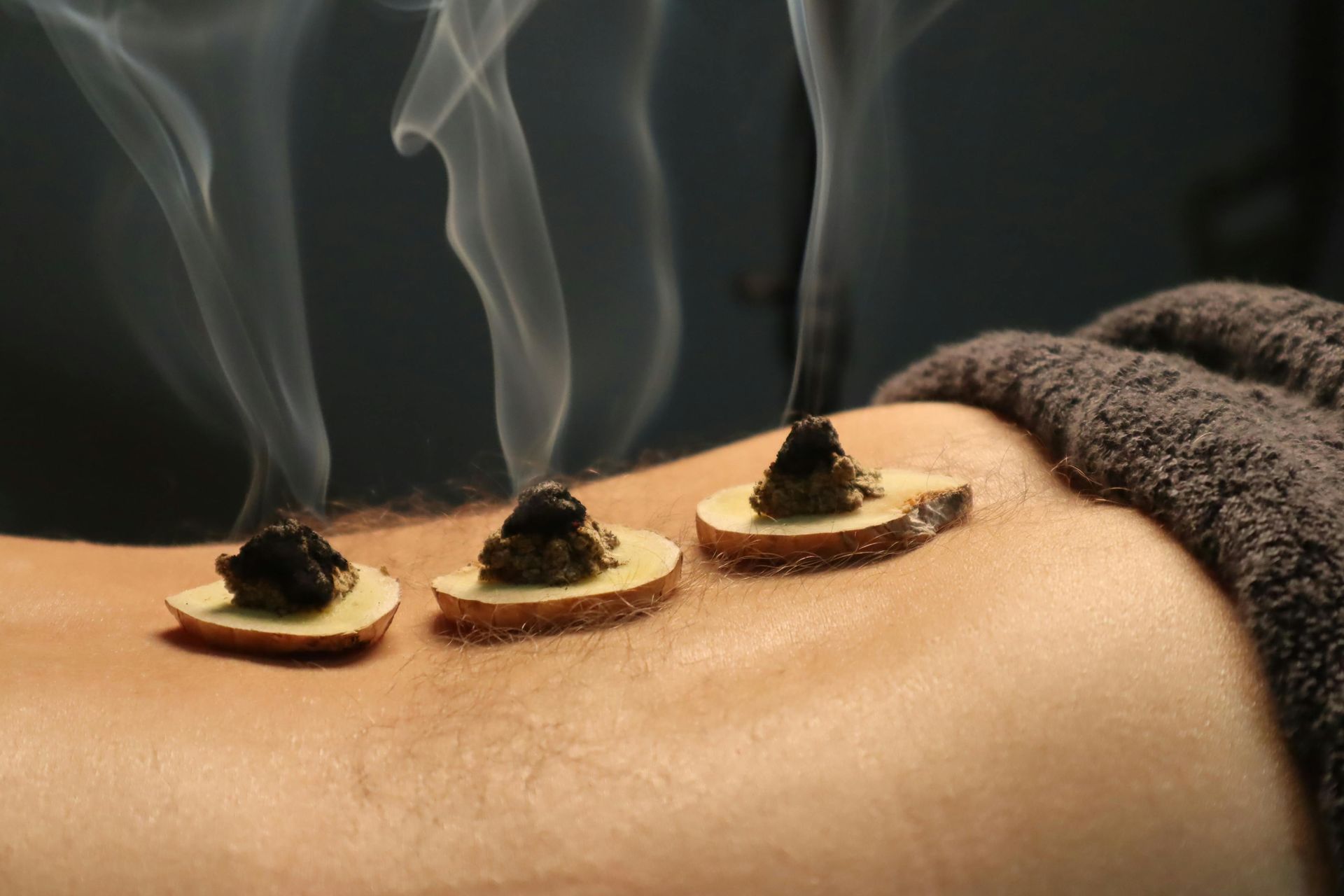Wellness is Not a Luxury
Reclaiming Our Right to Thrive:
In today’s society, wellness has been cleverly rebranded as a luxury—a commodity accessible only to those who are deemed “deserving” or have the financial means to afford it. Meanwhile, access to basic necessities that foster true well-being—clean air, nutritious food, quality healthcare—has been systematically stripped away from the masses. The result? A culture where the pursuit of health feels more like a privilege than a right. But wellness shouldn’t be a privilege—it’s our birthright. In this blog, we’ll explore how to prioritize self-care and reclaim wellness in ways that are practical, sustainable, and empowering, no matter your budget or schedule.
Wellness Shouldn’t Be Re-Sold to Us
The commodification of wellness is pervasive. From $20 smoothies to boutique fitness classes, wellness is marketed as something aspirational rather than foundational. This narrative creates a divide, suggesting that only the wealthy are entitled to optimal health while everyone else struggles with compromised access to quality food, healthcare, and time to rest.
Let’s Reframe Wellness:
- Wellness is a necessity, not a luxury. It starts with small, intentional acts that prioritize your mental, physical, and emotional health.
- It’s about access and equity. Reclaiming wellness means challenging the systems that profit off the basic human right to thrive.
The Reality of Compassion Fatigue
In a society that rewards overwork and self-sacrifice, many of us experience compassion fatigue—a state of emotional exhaustion caused by constantly giving to others without replenishing ourselves. Whether you’re a caregiver, a professional, or simply someone juggling multiple responsibilities, the weight of always being “on” can lead to burnout.
Signs of Compassion Fatigue:
- Chronic fatigue and lack of motivation.
- Feeling emotionally detached or resentful.
- Neglecting your own needs because you’re so focused on others.
The Solution: Prioritize self-care—not as an indulgence but as a necessity to maintain your capacity to give. You can’t pour from an empty cup.
Budgeting for Wellness: Time and Money
Self-care doesn’t have to break the bank. With a little intention, you can incorporate wellness into your life in a way that aligns with your financial and time constraints.
How to Budget Your Time and Wallet:
1. Set a Wellness Budget:
- Dedicate a portion of your monthly income to affordable self-care activities, such as yoga classes, healthy groceries, or DIY spa days.
- Example: Instead of an expensive wellness retreat, opt for a morning hike or a home meditation session.
2. Outsource Support:
- Delegate tasks where possible to free up mental and physical energy. For example, consider a grocery delivery service or meal prep kits that save time.
- Outsourcing isn’t a weakness—it’s a way to create space for your own wellness.
3. Find an Accountability Partner:
- Team up with a friend or loved one to stay consistent with self-care goals. Whether it’s grabbing a smoothie, going for a facial, or attending a yoga class together, having a partner makes wellness more enjoyable and sustainable.
4. Focus on Free or Low-Cost Wellness Options:
- Practice gratitude journaling, deep breathing exercises, or online guided meditations.
- Explore community resources like free fitness classes or wellness events.
Compassion Meets Boundaries: Redefining Self-Care
Self-care is often dismissed as selfish, but it’s the opposite. Setting boundaries is an act of compassion—for yourself and those around you. When you prioritize your own health, you show up as your best self, capable of contributing meaningfully to your relationships and community.
Practical Ways to Set Boundaries:
- Learn to say “no” to commitments that don’t align with your values or capacity.
- Create non-negotiable time blocks for activities that recharge you, like an evening walk or reading.
- Communicate your needs with others. Let them know why prioritizing self-care is essential for your overall well-being.
Reclaiming Wellness as a Right
The wellness industry thrives on making us believe we’re not enough—that we need to buy more, do more, and achieve more to be worthy of health. Reclaiming wellness means stepping off that treadmill and redefining what it looks like for you.
Steps to Reclaim Your Wellness:
1. Focus on Quality Over Perfection:
You don’t need expensive products or elaborate routines to feel whole. Simple, consistent practices are more impactful—microdose your wellness practices.
2. Advocate for Access:
Join conversations about equity in healthcare, nutrition, and mental health resources in your community. Wellness is for everyone, not just the privileged.
3. Celebrate the Small Wins:
Every step you take toward prioritizing your well-being is a victory—whether it’s choosing a healthy meal, taking a break, or saying no to something that doesn’t serve you.
Conclusion: Wellness is an Act of Resistance
Wellness isn’t a luxury or a commodity—it’s a human right. By prioritizing your health, setting boundaries, and budgeting your time and money intentionally, you reclaim the narrative that wellness is for everyone. Remember, self-care isn’t selfish—it’s an essential part of thriving in a world that often demands too much.
So, how will you take your wellness into your own hands in the new year? Share your thoughts in the comments below—we’d love to hear how you’re prioritizing yourself in 2025!
Elev8d Essence: The Balance Blueprint






